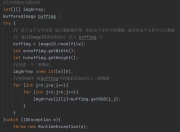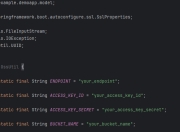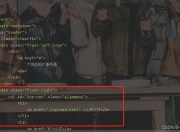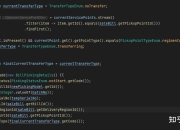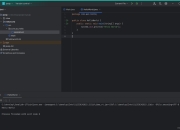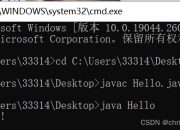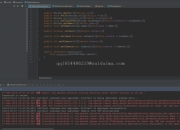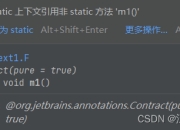在Java开发中,获取当前时间是最基础但至关重要的操作之一。无论是日志记录、定时任务还是数据分析,准确的时间戳都是不可或缺的。本文将深入探讨Java中获取当前时间的各种方法,帮助开发者选择最适合自己应用场景的方案。
一、System.currentTimeMillis()方法
这是Java中最基础也是最直接的获取时间方法。该方法返回自1970年1月1日UTC时间以来的毫秒数,即Unix时间戳。
long currentTime = System.currentTimeMillis();
System.out.println("当前时间戳:" + currentTime);
优点:
1. 执行效率极高
2. 不涉及对象创建,内存开销小
3. 适合简单的时间戳需求
缺点:
1. 只返回毫秒数,不包含时区信息
2. 需要额外处理才能转换为可读格式
二、Date类(传统方式)
Java早期的Date类提供了获取当前时间的功能:
Date now = new Date();
System.out.println("当前时间:" + now);
虽然简单易用,但Date类存在诸多问题:
1. 不是线程安全的
2. 大部分方法已废弃
3. 时区处理不便
三、Calendar类
Calendar提供了更灵活的时间操作:
Calendar calendar = Calendar.getInstance();
System.out.println("当前时间:" + calendar.getTime());
优点:
1. 支持时区设置
2. 提供丰富的时间字段访问
缺点:
1. API设计复杂
2. 月份从0开始计数,容易出错
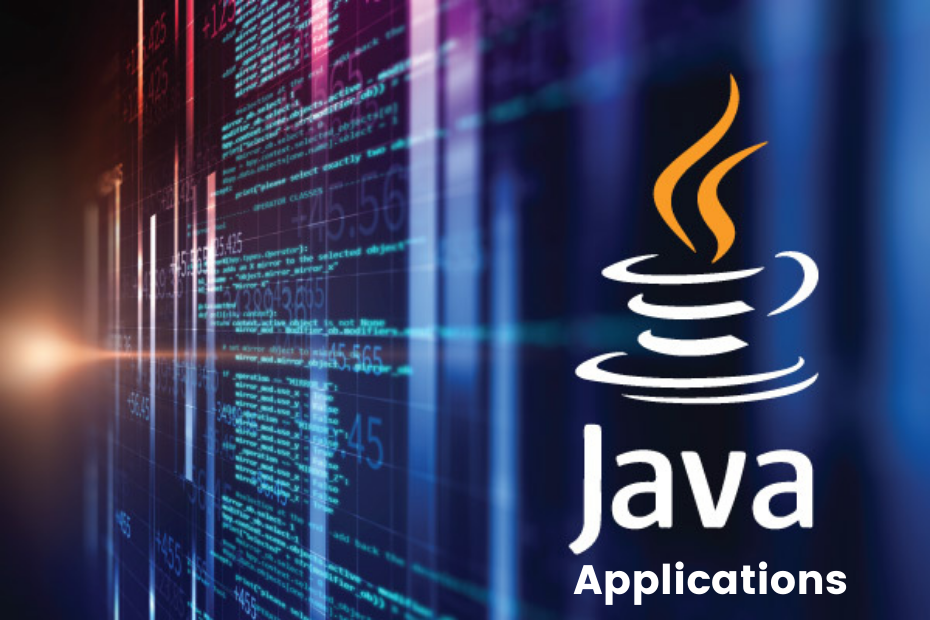
四、Java 8时间API
Java 8引入了全新的java.time包,提供了更现代的时间处理方式:
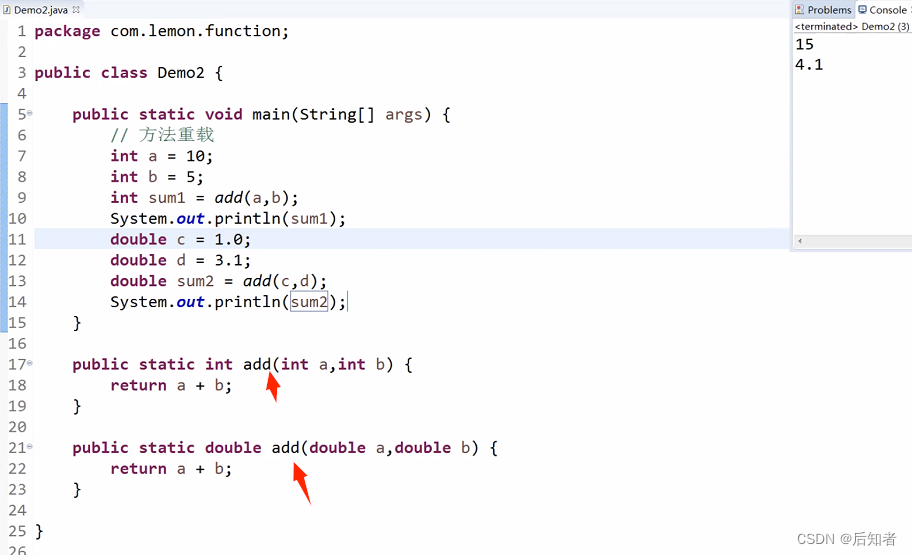
1. Instant类
Instant instant = Instant.now();
System.out.println("UTC时间:" + instant);
2. LocalDateTime类
LocalDateTime localDateTime = LocalDateTime.now();
System.out.println("本地时间:" + localDateTime);
3. ZonedDateTime类
ZonedDateTime zonedDateTime = ZonedDateTime.now();
System.out.println("带时区时间:" + zonedDateTime);
Java 8时间API的优势:
1. 不可变对象,线程安全
2. 清晰的API设计
3. 完善的时区支持
4. 更好的性能
五、第三方库(Joda-Time)
在Java 8之前,Joda-Time是最受欢迎的时间处理库:
DateTime dt = new DateTime();
System.out.println("Joda-Time当前时间:" + dt);
虽然现在推荐使用Java 8时间API,但在老项目中仍可能遇到Joda-Time。
性能对比
我们对各种方法进行了基准测试(单位:纳秒/操作):
- System.currentTimeMillis(): 15ns
- new Date(): 45ns
- Calendar.getInstance(): 120ns
- Instant.now(): 25ns
- Joda-Time DateTime(): 85ns
最佳实践建议
- 简单时间戳:使用System.currentTimeMillis()
- Java 8+项目:优先使用java.time包
- 需要时区支持:使用ZonedDateTime
- 旧系统维护:Calendar或Joda-Time
- 高并发场景:注意线程安全问题
常见问题解答
Q:为什么我的服务器时间不正确?
A:检查时区设置,建议使用UTC时间存储,显示时再转换。

Q:如何获取更精确的纳秒级时间?
A:使用System.nanoTime()或Java 8的Instant.now()。
Q:时间戳应该用long还是String存储?
A:数据库存储推荐使用long/Timestamp,API传输可使用ISO格式字符串。
版权声明
本文仅代表作者观点,不代表百度立场。
本文系作者授权百度百家发表,未经许可,不得转载。

